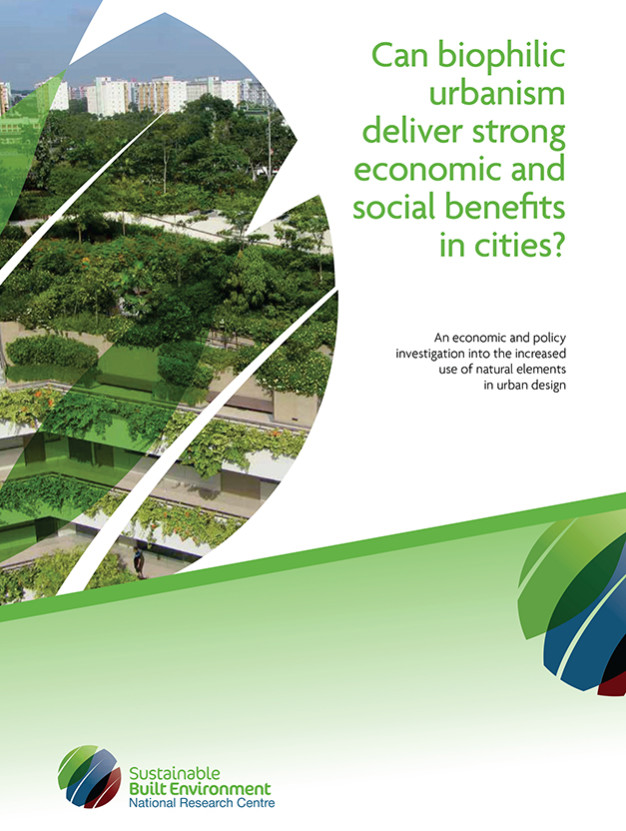Can Biophilic Urbanism Deliver Strong Economic & Social Benefits in Cities?

Biophilic urbanism, or urban design that reflects humanity’s innate need for nature, stands to make significant contributions to a range of national, state and local government policies related to climate change mitigation and adaptation, by investigating ways in which nature can be integrated into, around and on top of buildings. Potential benefits of such design include reducing the heat island effect, reducing energy consumption for thermal control, enhancing urban biodiversity, improving well being and productivity, improving water cycle management, and assisting in the response to growing needs for densification and revitalisation of cities. This report will give an overview of the concept of biophilia and consider enablers and disablers to its application to urban planning and design. The paper will present findings from stakeholder engagement and a series of detailed case studies, related to a consideration of the economics of the use of biophilic elements (direct and indirect).





